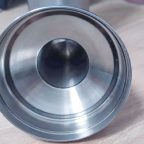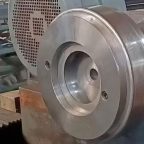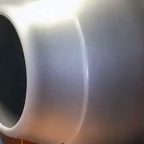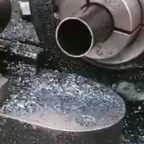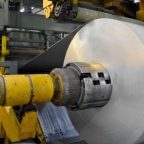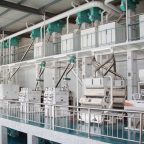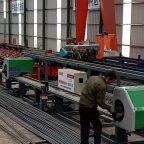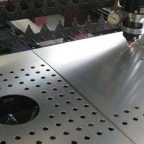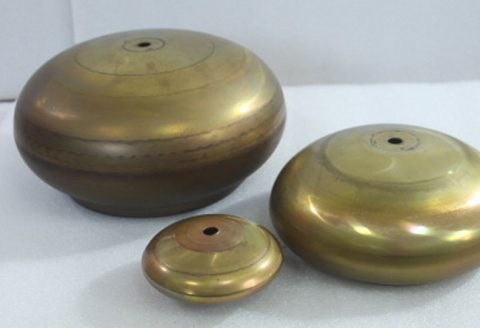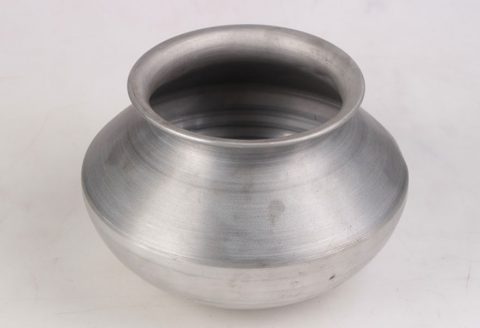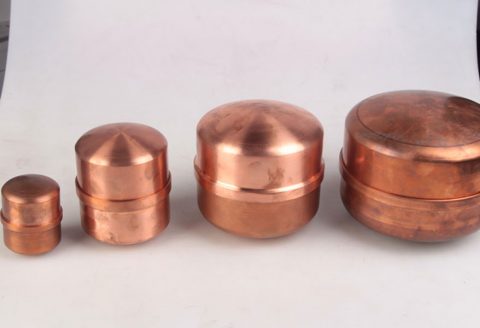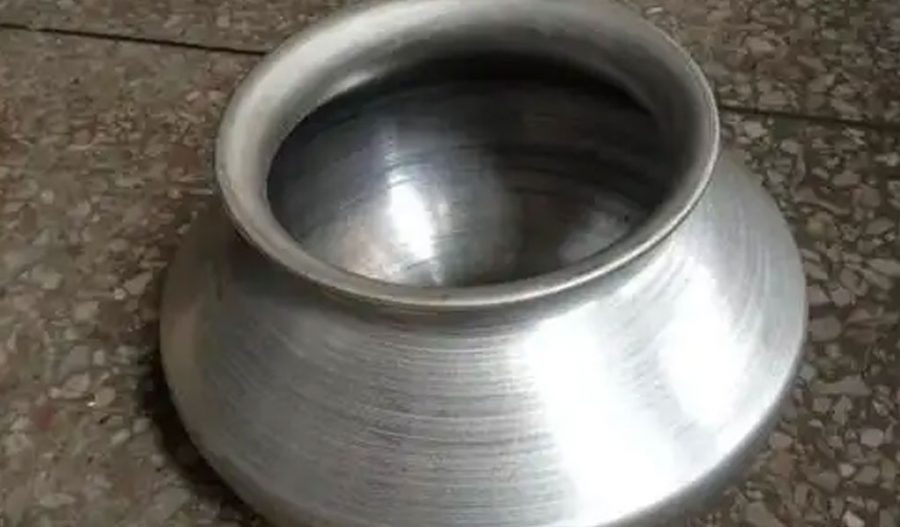
The CNC (Computer Numerical Control) spinning process is a critical manufacturing technique used in the production of filter bottles for air conditioners. This process involves the use of computer-controlled machinery to shape metal sheets into the desired form of filter bottles. The precision and efficiency of CNC spinning make it an ideal method for producing high-quality, uniform filter bottles that meet the stringent requirements of the air conditioning industry. This article delves into the research on the CNC spinning process, focusing on its application in the manufacture of filter bottles for air conditioners.
Historical Background
The origins of spinning can be traced back to ancient times, where manual spinning techniques were used to shape metal into various forms. However, the advent of CNC technology in the mid-20th century revolutionized the spinning process. CNC spinning combines the precision of computer control with the traditional spinning technique, allowing for the production of complex shapes with high accuracy and repeatability.
Principles of CNC Spinning
CNC spinning, also known as spin forming or metal spinning, is a metalworking process in which a disc or tube of metal is rotated at high speed and formed into axially symmetric parts. The process involves the use of a spinning lathe, where a mandrel (a shaped tool) is used to form the metal into the desired shape. The key components of a CNC spinning machine include:
- Mandrel: A shaped tool that serves as the mold for the spinning process.
- Tailstock: A component that supports the mandrel and ensures its stability during rotation.
- Rollers: Tools that apply pressure to the metal, shaping it around the mandrel.
- Control System: The computer numerical control system that manages the spinning process, ensuring precision and repeatability.
Application in Filter Bottle Manufacturing
Filter bottles for air conditioners require precise dimensions and uniformity to ensure optimal performance. The CNC spinning process is particularly well-suited for this application due to its ability to produce highly accurate and consistent parts. The process typically involves the following steps:
- Material Selection: The choice of material is crucial for the performance of the filter bottle. Common materials include aluminum, stainless steel, and copper, each offering different properties such as corrosion resistance, thermal conductivity, and strength.
- Blank Preparation: The metal sheet is cut into a circular blank, which is then mounted on the spinning lathe.
- Spinning Process: The blank is rotated at high speed, and the rollers apply pressure to shape the metal around the mandrel. The CNC control system ensures that the rollers follow a precise path, resulting in a uniform and accurate shape.
- Finishing: After the spinning process, the filter bottle may undergo additional finishing processes such as trimming, polishing, and coating to enhance its surface finish and performance.
Research and Development
Extensive research has been conducted to optimize the CNC spinning process for filter bottle manufacturing. Key areas of research include:
- Material Science: Studies have focused on the behavior of different materials under the spinning process. Researchers have investigated the effects of material properties such as ductility, strength, and thermal conductivity on the spinning process and the final product quality.
- Process Parameters: Optimization of process parameters such as spinning speed, roller pressure, and feed rate is crucial for achieving high-quality filter bottles. Research has shown that careful control of these parameters can significantly improve the dimensional accuracy and surface finish of the spun parts.
- Tool Design: The design of the mandrel and rollers plays a critical role in the spinning process. Researchers have developed advanced tool designs that enhance the forming process and reduce defects such as wrinkling and tearing.
- Automation and Control: Advances in CNC technology have led to the development of more sophisticated control systems. These systems use real-time feedback and adaptive control algorithms to ensure consistent quality and reduce the need for manual intervention.
Comparative Analysis
To understand the advantages of the CNC spinning process, it is useful to compare it with other manufacturing techniques. The following table provides a comparative analysis of CNC spinning with traditional spinning and deep drawing processes:
| Feature | CNC Spinning | Traditional Spinning | Deep Drawing |
|---|---|---|---|
| Accuracy | High | Moderate | Moderate |
| Repeatability | High | Moderate | Moderate |
| Material Utilization | Efficient | Less efficient | Less efficient |
| Tooling Cost | Moderate | Low | High |
| Production Speed | Moderate to High | Low to Moderate | High |
| Surface Finish | Excellent | Good | Good |
| Complexity | Can handle complex shapes | Limited to simple shapes | Can handle complex shapes |
| Automation | Highly automated | Manual or semi-automated | Highly automated |
Case Studies
Several case studies have been conducted to evaluate the effectiveness of the CNC spinning process in filter bottle manufacturing. One notable study involved the production of aluminum filter bottles for a leading air conditioning manufacturer. The study found that the CNC spinning process resulted in a 20% reduction in material waste and a 15% increase in production efficiency compared to traditional spinning methods. Additionally, the spun filter bottles exhibited superior dimensional accuracy and surface finish, leading to improved airflow and filtration performance.
Another case study focused on the use of stainless steel for filter bottle manufacturing. The study compared the CNC spinning process with deep drawing and found that CNC spinning produced filter bottles with better corrosion resistance and longer service life. The study also highlighted the flexibility of the CNC spinning process in accommodating design changes and customizations, which is crucial for meeting the diverse needs of the air conditioning industry.
Challenges and Future Directions
Despite its advantages, the CNC spinning process faces several challenges. One of the main challenges is the high initial investment required for CNC spinning machinery. Additionally, the process requires skilled operators and technicians to ensure optimal performance. Research is ongoing to address these challenges and further enhance the capabilities of the CNC spinning process.
Future directions in CNC spinning research include:
- Advanced Materials: Exploring the use of advanced materials such as composites and high-strength alloys to improve the performance and durability of filter bottles.
- Hybrid Manufacturing: Integrating CNC spinning with other manufacturing techniques such as additive manufacturing to create complex, multi-material filter bottles.
- Sustainability: Developing more sustainable spinning processes that reduce material waste and energy consumption.
- Industry 4.0: Incorporating Industry 4.0 technologies such as the Internet of Things (IoT), big data analytics, and artificial intelligence (AI) to enhance the efficiency and flexibility of the CNC spinning process.
Conclusion
The CNC spinning process plays a vital role in the manufacture of filter bottles for air conditioners. Its precision, efficiency, and flexibility make it an ideal method for producing high-quality, uniform filter bottles that meet the demanding requirements of the air conditioning industry. Ongoing research and development efforts are focused on optimizing the CNC spinning process and addressing its challenges to further enhance its capabilities and applications. As the technology continues to evolve, the CNC spinning process is poised to remain a cornerstone of filter bottle manufacturing, driving innovation and improving the performance of air conditioning systems.
Maximize Tooling and CNC Metal Spinning Capabilities.
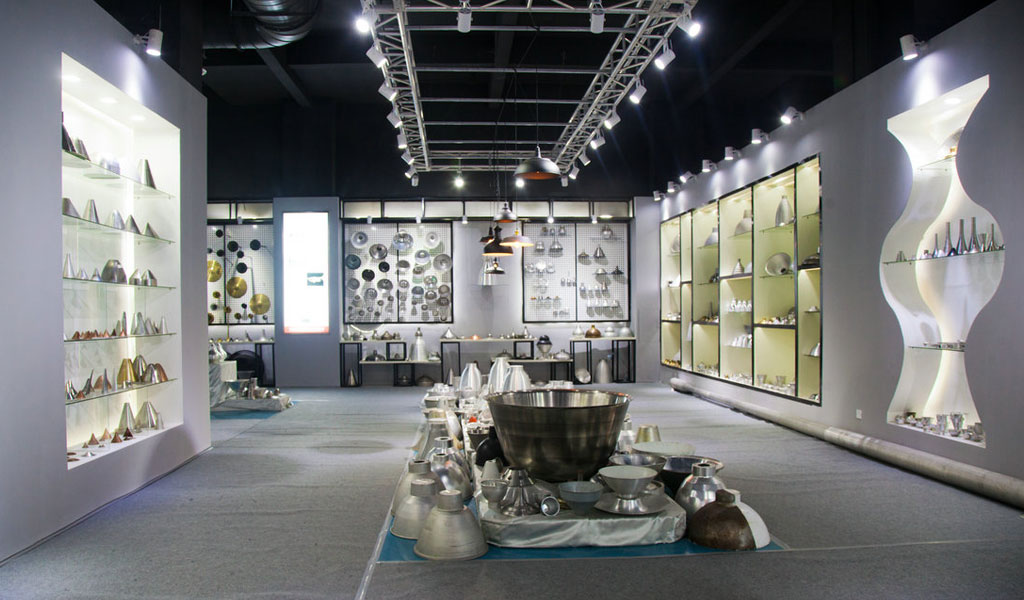
At BE-CU China Metal Spinning company, we make the most of our equipment while monitoring signs of excess wear and stress. In addition, we look into newer, modern equipment and invest in those that can support or increase our manufacturing capabilities. Our team is very mindful of our machines and tools, so we also routinely maintain them to ensure they don’t negatively impact your part’s quality and productivity.
Talk to us today about making a rapid prototype with our CNC metal spinning service. Get a direct quote by chatting with us here or request a free project review.
BE-CU China CNC Metal Spinning service include : CNC Metal Spinning,Metal Spinning Die,Laser Cutting, Tank Heads Spinning,Metal Hemispheres Spinning,Metal Cones Spinning,Metal Dish-Shaped Spinning,Metal Trumpet Spinning,Metal Venturi Spinning,Aluminum Spinning Products,Stainless Steel Spinning Products,Copper Spinning Products,Brass Spinning Products,Steel Spinning Product,Metal Spinnin LED Reflector,Metal Spinning Pressure Vessel,
